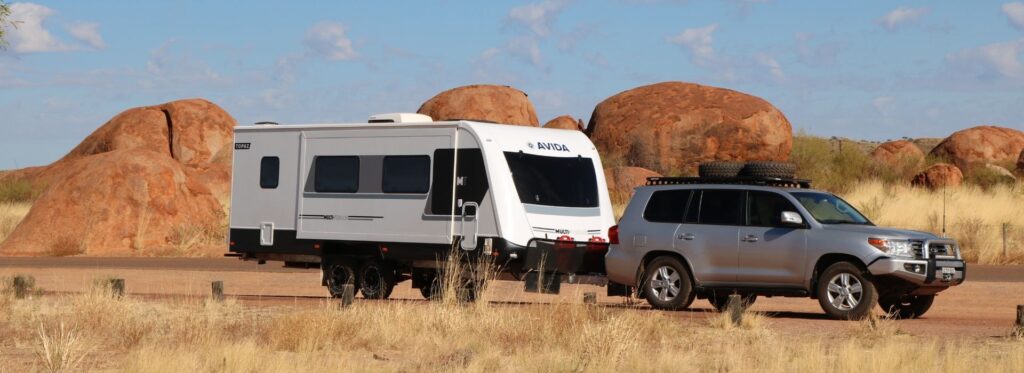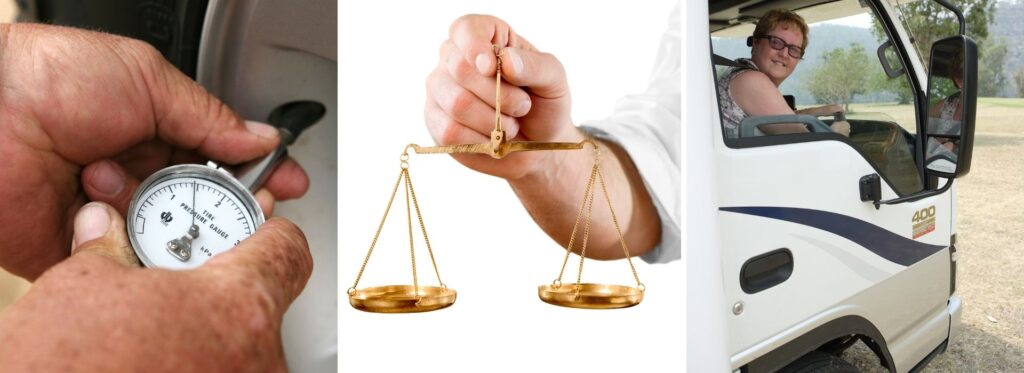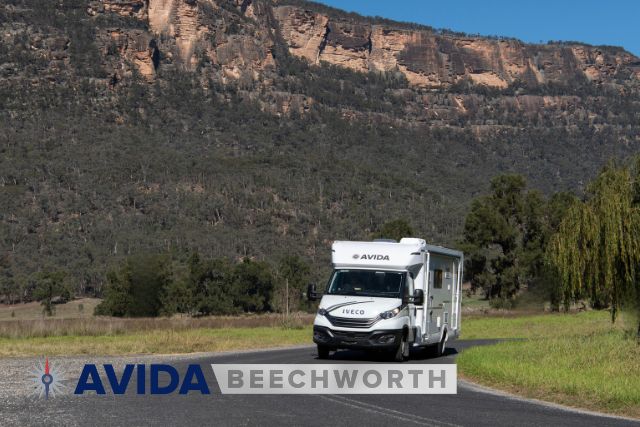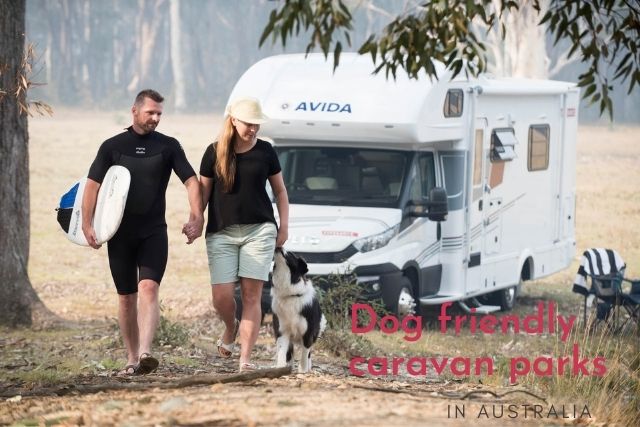
There are so many things to take into consideration before you go out towing on the open road. We have just picked five that we believe should be lifted higher up on your own list of how to safely tow your caravan.
There are so many things to take into consideration before you go out towing your caravan on the open road. We have just picked five that we believe should be lifted higher up on your own list of how to safely tow your caravan.
1. Load Distribution
You will find that when you initially go out on the road with your caravan, you will take way too much ‘stuff’ with you than you really need. The ‘just in case this happens’ or ‘just in case this happens’. But keep in mind that the weight of all your goods is very important for load distribution. Without proper load distribution, you risk your safety while caravanning. It’s easier to lose control of your vehicle while driving if you don’t distribute your items properly inside your caravan.
Here are some tips to help you find the correct load distribution – with consideration to maximum payload capacity and how to distribute your caravan items for the best load distribution.
Find out your caravan towing capacity payload
You generally have about 300kg – 500kg for a small single axle van and 500 – 700kg for a tandem axle. It is important to weigh your goods before you put them in the van to ensure that you do not have a loaded caravan that exceeds your vehicle’s payload.
How to weigh your caravan items
To weigh your goods you can do the following steps:
- Use regular scales
- Place the things you want to take into shopping bags
- Hold a bag in each hand whilst you stand on the scales
- Write down the weight (don’t forget to deduct your weight).
Do this for all the goods that you want to pack inside your caravan.
Don’t forget to make an allowance for the freshwater, gas, extra fuel and any accessories that you had fitted after you took delivery from the factory.
Where to place light and heavy items in your caravan or camper trailer vehicle for best load distribution
All heavy items such as generators, portable fridges, full jerry cans and tool boxes should be placed in the middle of the caravan vehicle, down low in the cupboard or under the dinette or bed storage. Keep lighter items such as clothes for higher cupboards, Avoid putting any heavy items behind the axle as it can add weight and upset the towing capability.
How to work out caravan maximum towing weight or payload capacity
To calculate your payload you need the
ATM (aggregated tare mass) Rating – (minus) Tare Mass = payload (allowable weight to load into your caravan)
2. Tyre Pressure
Maintaining correct tyre pressures when towing a caravan is so important.
If the pressure is too high, the chance of puncture damage is increased as the tyre has less ‘give’ in it. The caravan can also become less stable, with less give in the tyre sidewall transferring more road shocks. This will create more opportunities for the tyres to lose contact with the ground and cause instability, leading to caravan sway.
With too little tyre pressure, the sidewalls will have too much flex which will also add to caravan instability.
How to find the recommended tyre pressure when towing a caravan
Check the caravan compliance plate which is usually inside the front/tunnel boot on the A frame or inside the entry door. The compliance plate will indicate the recommended tyre pressure when cold.
Use a tyre pressure gauge for your tow vehicle/camper trailer/caravan
Very handy to have your own tyre pressure gauge with you when you are travelling – a great stocking filler! Always recheck the tyre pressure during your trip approximately an hour from departure if you’re psi has risen by 5-6psi from the recommended cold tyre pressure your tyres are spot on.
Read full article about tyre pressure here
3. Check your taillights and indicators
Ensure that your lights and indicators are working correctly before you set off on the road for the day. You want people to know when you are stopping or when you are turning as it is a huge safety hazard if they are not working correctly.
Why don’t you download our departure checklist here
4. Reversing – Take your time
When reversing your caravan make sure that you take your time. Ensure that you get out of your caravan and scan the area and surrounds that you will be reversing into. Look for uneven roads/gutters, obstacles and low-lying branches.
Philip Lord motoring/caravan journalist says ‘Then, while still moving forwards, angle the vehicle and van roughly where you want the van to go when you start backing up. In other words, while driving forward past the point where you want the van to go, turn the vehicle to the same side as you want the van to reverse back. This gets the vehicle and van in an open ‘V’ shape, all ready for reversing’.
Don’t forget when reversing a caravan you need to turn the steering wheel the opposite way than you want the van to go. Creep back slowly at a slow speed while braking and checking your surroundings often. The slower the better with small steering inputs as possible.
Tip: Have someone outside give you directions
If you are travelling with two people it is a good idea to have one person outside the caravan giving directions either via two way radio or using hand signals. Make sure the person outside can be seen in the side mirrors of the towing vehicle.
If you get the wrong angle, best to go out and start all over again. A lot of caravan parks now offer to reverse your caravan in for you, they call them ‘marriage savers’.
5. Trailer Sway
Nothing can be more frightening while towing your caravan than trailer sway. It could be a sudden gust of wind, a passing truck or a quick steering correction that can start your caravan swaying or fishtailing. The loss of control can mean tipping your caravan or causing a serious accident.
Even some of the most experienced drivers have lost control of their caravans with disastrous results. A brief encounter with sway on the highway can quickly put a damper on your trip and make you think about putting the caravan back in the garage or even up for sale.
A few tips to prevent trailer sway.
- Don’t have too much towball download
- Measuring both the tow vehicle’s unladen and hitched-up front/rear suspension rise/sag is vital for working out good rig balance. You’re looking for a front rise/rear drop of about 25mm maximum to not affect the balance.
- Here is an article from RV Daily for when and how to use a weight distribution hitch. Click here
- Slow down. Moderate driving speeds produce less strain on your vehicle and caravan reducing the chance for trailer sway.
- Don’t make any sudden steering manoeuvres.
- Check the tyre pressure.
A few tips on how to control trailer sway.
- Lift your foot from the accelerator but don’t step on the brake pedal unless you’re in danger of hitting something.
- Keep a firm grip on the steering wheel to control sway caused by large passing vehicles.
- Find a safe place to park and check for proper weight balance and hitch adjustment.
About to invest in a caravan but don’t know how to tow? Contact our friends at Tow-Ed they have various courses available to help you enjoy your caravan experience out there on the road.




